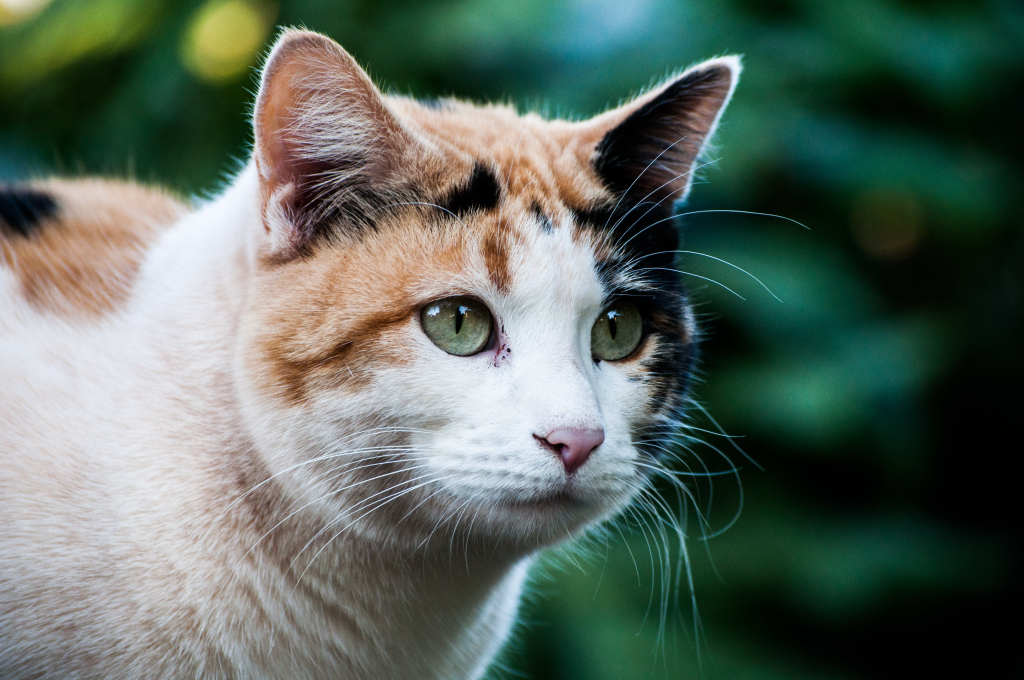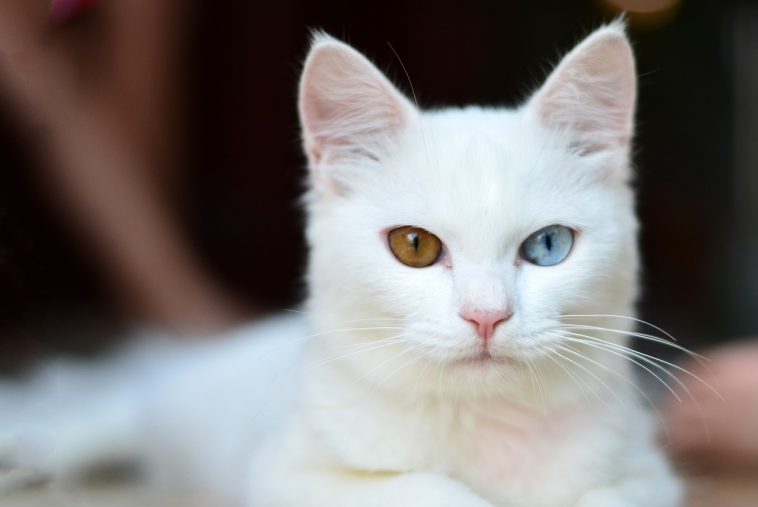The first six weeks of a kitten’s life mark a crucial period in their development. During this time, kittens undergo rapid growth and face various vulnerabilities as they transition from the womb to the outside world. To ensure their healthy development, it’s essential to provide them with warmth, nourishment, and protection against infectious diseases and parasites, such as fleas. Let’s delve into the significant milestones of a kitten’s early life:
Week 1: Tiny Food Processing Factories

- Newborn kittens are incredibly small, weighing just ounces and fitting comfortably in your palm.
- Their umbilical cords detach within two to three days, but their eyes and ear canals remain closed.
- Mother cats instinctively meet their needs, providing warmth, nutrition, and hygiene through grooming.
- Kittens receive immunity from their mother’s colostrum for the first 24 to 48 hours, lasting until they receive their kitten shots.
- Newborns may double their weight by the end of the first week, and close monitoring ensures they get proper nutrition.
- During this phase, kittens primarily engage in nursing, sleeping, and waste elimination, with limited social interaction.
Week 2: Growing and Developing

- Kittens continue to grow at a remarkable rate, gaining at least 10 grams per day.
- The mother cat should be fed high-quality canned kitten food to replenish lost nutrients.
- Their eyes begin to open and are fully open between nine to 14 days old, revealing blue irises that will gradually change.
- Kittens’ sense of hearing is developing, and their ear canals are fully open.
- Baby teeth start to emerge, and the mother cat starts considering weaning.
Week 3: Awareness is Developing

- Ear canals are fully open, and their sense of hearing is evolving.
- Kittens may startle at loud sounds, but their ears may become fully erect.
- Eye color may begin changing from blue to their adult hue.
- Their sense of smell is well-developed, and voluntary elimination begins.
- Kittens may start purring and the mother cat continues grooming them.
Week 4: Standing and Wobbling

- Kittens attempt to stand and walk, although their movements are initially wobbly.
- They become more mobile and may venture outside their nesting area.
- Interaction with littermates increases, and they may form alliances.
- Regular nursing continues, and mother cats require quality nutrition while nursing.
Week 5: Starting the Weaning Process

- Kittens freely roam and begin playing with their siblings.
- Independence grows, but they remain close to their mother and littermates.
- This is an ideal time for socializing with humans.
- Introduction to canned kitten food begins, selecting high-quality options with named meat sources.
- Kittens may start using a litter box and should be provided with a shallow, accessible box.
Week 6: Socialization in Full Swing

- Socialization skills advance, and kittens become lively and active.
- They can run, pounce, leap, and entertain themselves.
- Kittens follow their mother’s lead in socializing with humans.
- Well-socialized and weaned kittens may be ready for adoption between 7 and 9 weeks old.
As you witness these remarkable changes in your kitten’s development during the first six weeks, remember that patience and proper care are essential to ensure they grow into healthy, well-adjusted adult cats.



